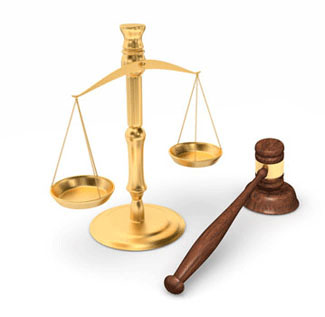
Talc Lawsuits Increasing Effects on Insurance Companies
Investigating how the explosion in talc-related lawsuits is influencing financial risk in the sector, coverage rules, and insurance companies
Tuesday, April 1, 2025 - In addition to blaming manufacturers, the surge in baby powder cancer lawsuits and the increasing number of such cases have rocked the insurance sector. Often offering liability coverage to businesses with product-related claims, insurance companies are now dealing with billions of possible damages. Many of the corporations included in talc cases carried general liability or product liability insurance policies for decades; today, courts are testing those policies as juries render significant verdicts and courts award hefty settlements. The sheer number of talc-related litigation combined with the erratic nature of trial results have left insurers in a challenging situation. While some have already paid large amounts, others are contesting policy terminology, coverage periods, and exclusions, therefore limiting their responsibilities. This mounting legal pressure has caused insurance companies--particularly in industries related to consumer goods and cosmetics--to review their exposure to product liability concerns. Concerns also center on how retroactive coverage requirements can deplete reserves and compromise insurance companies' undervaluation of certain cases.
Talc litigation's knock-on effects are also causing modifications in the insurance company's future coverage structure. Some insurers are tightening underwriting criteria for companies who produce or distribute talc-containing products or adding additional exclusions for talc-related claims. Others are changing rates to match the higher legal risk connected with talc litigation. Smaller businesses and those without strong insurance plans are under pressure since, should they be drawn into talc-related cases without sufficient coverage, they risk financial disaster. Insurance companies are also eagerly observing the results of well-publicized baby powder lawsuit trials since these decisions could set standards for handling like situations going forward. Reinsurance companies--which give backup coverage to insurers--are also impacted since big settlements might result in reinsurance payouts, so distributing the financial effect. The talc litigation tsunami could affect how insurance companies handle other possible product liability issues, including chemicals or components under public or regulatory scrutiny, according to some analysts. Particularly as investors and policyholders both want more openness, insurers are also including environmental, social, and governance (ESG) concerns in underwriting decisions. Like the debate about baby powder cancer has impacted the beauty and healthcare sectors, it is now changing how insurance companies assess, price, and handle risk. Higher premiums, additional exclusions, and more careful underwriting for a variety of businesses beyond only those directly involved in talc manufacture could be among the long-lasting consequences.
Insurance companies are being greatly impacted by the explosion of baby powder cancer lawsuits and associated claims. Reevaluating policy language, changing premiums to control the financial risk connected to talc-related claims, and handling significant reimbursements to insurance companies help them manage the financial risk. While some are reducing coverage for businesses that produce or market talc-containing products, others are imposing talc-specific exclusions. The burden reinsurers are under is also driving changes in the larger insurance industry. The talc litigation wave could forever change how insurers treat product liability coverage, therefore influencing not only the cosmetics business but also many other areas involving consumer goods and chemicals.
 OnderLaw, LLC -
OnderLaw, LLC -